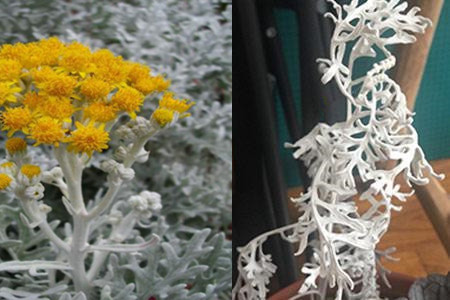Matters needing attention in planting Codonopsis pilosula
Codonopsis pilosula belongs to Platycodon grandiflorum family, a perennial herb, is a traditional Chinese medicine commonly used, and Codonopsis pilosula is now more commonly used traditional Chinese medicine. It not only has the effect of tonifying the middle and qi and invigorating the stomach and spleen, but also can enhance the immunity of the human body, and has a certain effect on the dilation of blood vessels and leukopenia caused by chemotherapy and radiotherapy. So how much do we know about the cultivation of Codonopsis pilosula? Today, the editor mainly talks to you about the matters needing attention in the cultivation of Codonopsis pilosula. Let's take a look.

1. Planting conditions
The planting conditions of Codonopsis pilosula mainly pay attention to the climate, light, soil, temperature, humidity and nutrients of the planting area. Codonopsis pilosula is suitable for growing in warm, humid and cool climatic conditions, like shade and afraid of strong light, but also need a certain amount of light. Secondly, the best soil in the planting land is sandy loam with convenient drainage and irrigation, permeability, strong permeability, strong water storage, loose soil and rich organic matter.
2. Seed treatment
Codonopsis pilosula needs to be treated with seeds before planting, which is usually carried out by soaking seeds. When soaking seeds, we should note that the temperature of warm water is about 40 degrees, soaking until the water temperature is not hot, in the process of soaking seeds, we also need to keep stirring. Then take it out and put it in a gauze bag, rinse it with clean water for about three times and put it on a sand pile to promote germination. In the process of sprouting, we should pay attention to the need to sprinkle a gauze bag with a temperature of about 15 degrees every three or four hours, and generally sow seeds in about a week.
3. Time and density
In the process of planting Codonopsis pilosula, the general breeding time is about one year, and then the planting time is what we should pay attention to. It is usually planted in spring and autumn, from mid-March to early April and from mid-October to early November. When planting, we usually plant according to the density of row spacing of 30 cm and plant spacing of 10 to 15 cm.
4. Topdressing irrigation
Watering should be carried out after planting, which can promote the growth of new roots, and after planting survives, we should slowly reduce watering. If you encounter continuous rain, then timely dredge the ditch, drainage, so as not to cause too much water, resulting in Codonopsis pilosula root rot. In the later stage, it should be noted that fertilization is generally carried out when the seedling is 15 centimeters high, and fertilization in the later stage is more troublesome. Fertilization is mainly based on feces and urine.
5. Put it on the shelf
As the stems, leaves and vines of Codonopsis pilosula are more common, we need to build scaffolds to draw the branches and leaves of Codonopsis pilosula to the stents to grow, which can maintain a certain permeability in the field, avoid the harm of some diseases and insect pests, and increase production at the same time. Generally speaking, brackets need to be built when the seedlings of Codonopsis pilosula grow to about 30 centimeters.
That's all the editor wants to share with you today. I believe you also have a certain understanding of the cultivation of Codonopsis pilosula. At the same time, when you plant Codonopsis pilosula, you will also pay attention to these problems. Of course, I also hope that the Codonopsis pilosula planted in the future will become better and better. If you have any other questions you want to consult, you can leave a message for the editor.
- Prev

Field management techniques of Atractylodes macrocephala Koidz
Field management techniques of Atractylodes macrocephala Koidz
- Next

The silver leaf chrysanthemum wilted and taught you how to raise this kind of flower correctly.
Chrysanthemum morifolium is a perennial herb whose leaves are covered with a layer of furry pilose. The reason why it is called silver leaf chrysanthemum, because its leaves are gray-white, from a distance, it looks like a white cloud, its flowers are relatively small and yellow, from a distance it is very beautiful
Related
- Fuxing push coffee new agricultural production and marketing class: lack of small-scale processing plants
- Jujube rice field leisure farm deep ploughing Yilan for five years to create a space for organic food and play
- Nongyu Farm-A trial of organic papaya for brave women with advanced technology
- Four points for attention in the prevention and control of diseases and insect pests of edible fungi
- How to add nutrient solution to Edible Fungi
- Is there any good way to control edible fungus mites?
- Open Inoculation Technology of Edible Fungi
- Is there any clever way to use fertilizer for edible fungus in winter?
- What agents are used to kill the pathogens of edible fungi in the mushroom shed?
- Rapid drying of Edible Fungi

